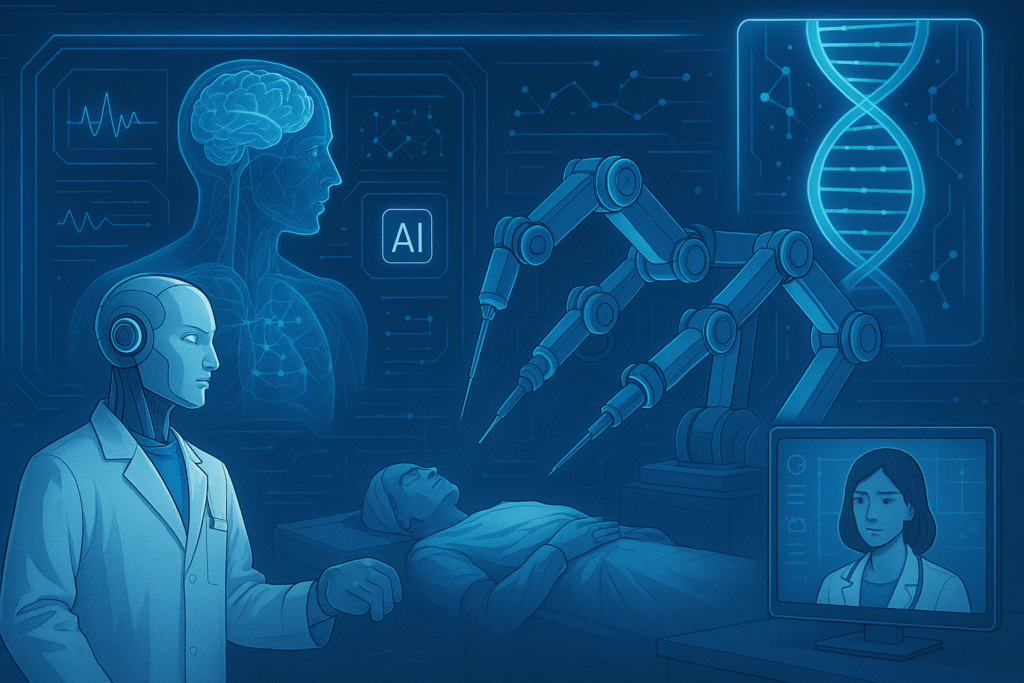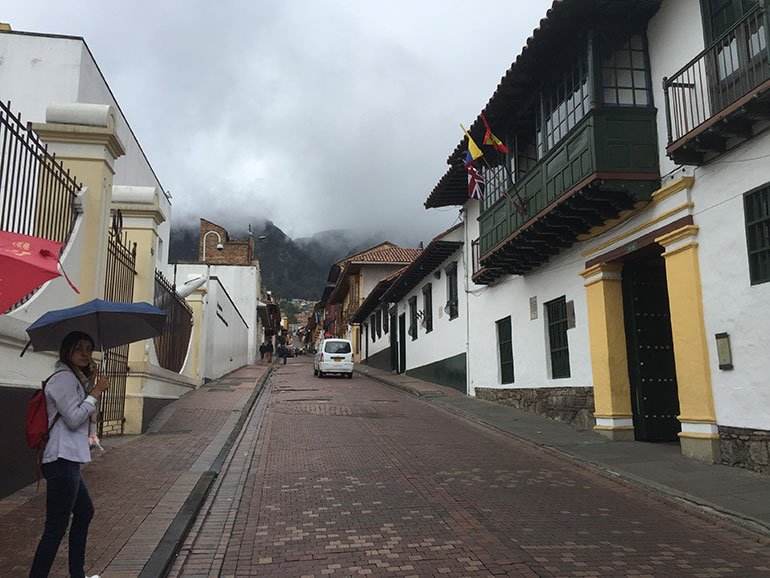This is GizmoMD
Dear Friends, It’s been a while. If you’ve been wondering what happened to Medgadget — you’re not alone. It’s been a few years since anything was published, and like many of you, I’ve missed the excitement of discovering and sharing the latest in…
The Latest
ECMO-Inspired Technology Enables Viable Whole-Eye Transplants
In a bold step toward curing blindness, researchers at the University of Miami are developing the world’s first viable system for whole human eye transplantation—a feat never before achieved due to the eye’s complexity and its intimate connection to the brain. At the heart of this effort is a novel device called the eye-ECMO, designed by biomedical engineer Ashutosh Agarwal and his team to keep a donor eye alive and functional outside the body. Inspired by extracorporeal membrane oxygenation (ECMO) machines used in heart and lung surgeries, the eye-ECMO circulates oxygenated blood mixed with a custom solution through the eye’s vessels…
Microneedle Wearable Monitors Both Glucose and Metformin for Diabetics
A new wearable device developed by researchers at the Technion–Israel Institute of Technology and Sun Yat-sen University in China could redefine how diabetes is monitored and treated. The system uses a microneedle-based patch to continuously track both glucose levels and the concentration of metformin—a common diabetes medication—through the skin’s interstitial fluid. It then uses this data to guide real-time, personalized drug dosing via a connected smartphone app. The result is a closed-loop platform that combines painless monitoring with intelligent treatment recommendations, offering a major leap toward precision medicine for chronic disease. The patch itself is built from 3D-printed microneedles embedded…
Microfluidic Device Simplifies Platelet-Rich Plasma Extraction
Researchers at the University of the Basque Country have introduced a palm-sized device that simplifies and improves the extraction of platelet-rich plasma, or PRP, a regenerative therapy widely used to treat injuries, speed up healing, and manage pain. Unlike conventional methods that rely on centrifugation and mechanical force—both of which can prematurely activate platelets—the new device relies on gravity sedimentation and a passive microfluidic system to gently separate components from whole blood. The device is built using laser-cut acrylic layers and pressure-sensitive adhesives that channel the flow of blood without damaging cells. After blood is introduced, red and white blood…
Global Review Maps the Future of Implantable Brain-Computer Interfaces
A comprehensive review published in Advanced Science has mapped the evolution of implantable brain-computer interfaces (iBCIs), which decode brain signals to control external devices like robotic limbs or communication tools. The study identified 112 trials involving 80 participants, nearly half published since 2020, with most conducted in the U.S. but growing activity in Europe, China, and Australia. iBCIs hold enormous promise for people with motor impairments, such as paralysis or loss of speech. These devices translate neural activity into commands, enabling users to interact with computers, prosthetics, or even smart home systems. However, the review found that most studies focus on device…
Sweat-Sensing Wearable Tracks Lithium for Bipolar Patients
Engineers at the University of Southern California have developed a fully printed wearable sensor that monitors lithium levels in sweat, offering a noninvasive alternative to blood draws for patients with bipolar disorder. Lithium is a gold-standard treatment for bipolar disorder, but it has a narrow therapeutic window—too little is ineffective, too much can be toxic. Regular monitoring is essential, yet current methods rely on lab-based blood tests that are inconvenient and painful. The USC device uses organic electrochemical transistors (OECTs) tailored to detect lithium ions. These transistors convert ionic signals in sweat into readable electronic data. The sensor includes a…
Optical Coherence Tomography Adapted to Measure Hearing Loss
Researchers at the Keck School of Medicine of USC have adapted optical coherence tomography (OCT)—a technology commonly used in eye care—to visualize fluid levels and microstructures in the human inner ear. In a proof-of-concept study involving 19 patients undergoing ear surgery, OCT successfully measured levels of endolymph, a fluid linked to conditions like Ménière’s disease and vestibular schwannoma. Higher endolymph levels correlated with greater hearing loss, offering a potential biomarker for diagnosis and treatment planning. Unlike MRI, which lacks the resolution to detect subtle fluid imbalances, OCT provides fast, high-resolution 3D images using light waves. The technique allowed researchers to…
“Tattoo” That Detects Drink Tampering in One Second
Researchers in South Korea have developed a temporary tattoo-like sticker that can instantly detect the presence of γ-hydroxybutyrate (GHB), a drug commonly used to spike drinks and facilitate sexual assault. The innovation, published in ACS Sensors, offers a discreet, rapid, and user-friendly method for drink safety—responding to GHB exposure in under one second with a visible color change. GHB is a central nervous system depressant that’s colorless, tasteless, and fast-acting. It can induce confusion, drowsiness, and memory loss, making it difficult for victims to recognize or report tampering. Traditional detection methods—like test strips or cards—are often bulky, slow, or conspicuous, which…
Computational Model Helps With Customized Brain Shunt Design
Shunts used to treat hydrocephalus—a condition involving excess cerebrospinal fluid (CSF) in the brain—frequently fail due to infection, mechanical blockage, or improper placement. These failures often result in repeated surgeries and lifelong monitoring, especially in pediatric patients. Now, researchers at Harvard’s School of Engineering and Applied Sciences have developed BrainFlow, a patient-specific computational model that simulates how CSF moves through the brain and around shunt implants. This innovation could guide more effective and durable shunt designs tailored to individual anatomy. The BrainFlow model integrates imaging data, biomolecular transport mechanisms, and pulse-driven fluid dynamics to predict how CSF behaves inside the skull under…
Multi-Scale Imaging Approach Reveals Metabolic Architecture of Glucose Processing
In a groundbreaking study published in Nature Communications, researchers from Vanderbilt University and UC San Diego have created the first high-resolution metabolic map showing how glucose is processed inside cells—from whole animals down to individual organelles. This multi-scale approach combines stable isotope tracing, advanced microscopy, and AI-powered image analysis to reveal the spatial organization of glucose metabolism in unprecedented detail. Led by Rafael Arrojo e Drigo, the team infused live mice with isotopically labeled glucose and tracked how glucose-derived carbons were incorporated into cellular structures like glycogen, lipid droplets, and mitochondria. The researchers discovered a previously unknown interaction between lipid droplets…
RT-LAMP: A Rapid, Low-Cost Virus Test Tailored for Africa’s Needs
In a major step toward equitable pandemic preparedness, researchers from Italy, India, South Africa, and Slovenia have developed a diagnostic tool called RT-LAMP (reverse transcription loop-mediated isothermal amplification) that delivers COVID-19 results in under an hour using saliva samples—without the need for RNA extraction or expensive lab equipment. Unlike PCR tests, which require thermocyclers and fluorescent probes, RT-LAMP operates at a constant temperature and produces color-coded results visible to the naked eye. This simplicity makes it ideal for low-resource settings, where access to advanced diagnostics is limited. The test was evaluated across ten Sub-Saharan African countries, including Kenya, Ethiopia, Nigeria,…


















